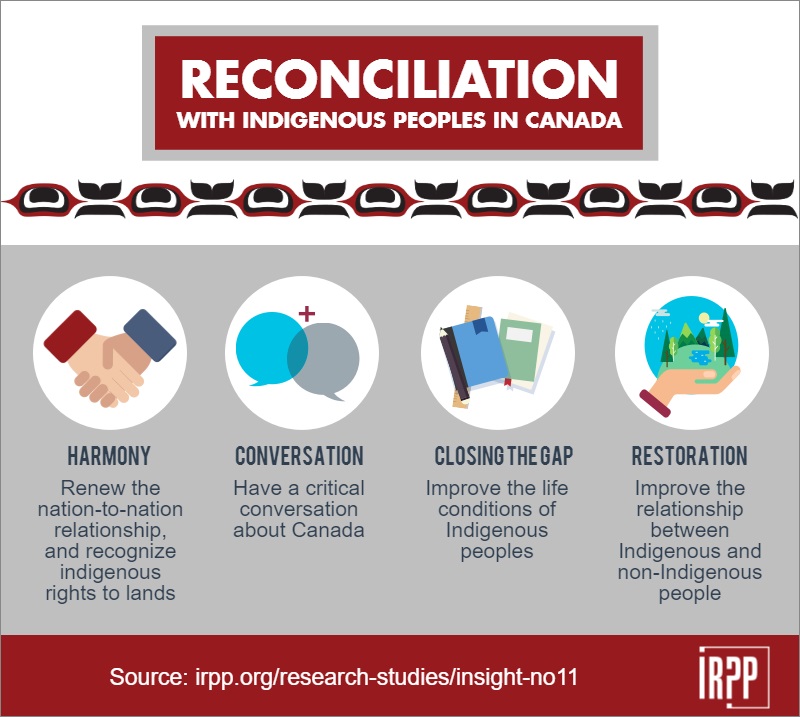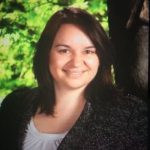
By Leah Mauer
I usually start my CHC 2D course with questions around Canadian identity. One of the first things I have my students do is list all of their impressions of Canada, what it means to be Canadian, and how we’re viewed by others around the world. I very often get the same stereotypical responses – “we play hockey”, “we’re polite”, or “we are multicultural”.
This year, though, I was pleasantly surprised. While the inevitable stereotypes were still prevalent in this exercise, I also saw some students write “we break our treaties” and “we say we’re accepting, but I don’t think we really are.” While I’m glad my students are coming into my class already questioning the historical narrative they’ve been presented with in the past, I’m also wondering where they’ve picked up this conversation. On the one hand, I teach at an alternative school. We have about 100 students, and most of our current grade 10s took the same eight courses together as grade 9s. One of those courses was the Expressions of Aboriginal Cultures course (NAC 1O) – perhaps they’re attuned to this emerging aspect of our national conversation because they’ve already been introduced to some of the issues facing our country today. Maybe it’s because they are such a small grade – for the most part, these students got to know each other pretty well last year, so perhaps they’ve entered my class already feeling comfortable enough with me and with each other to start these conversations on their own. Maybe, though, these critical comments are a reflection of a national dialogue that’s changing.
When the Canada 150 celebrations were taking place in July, I was encouraged by the conversations we were having as a country – while there was definitely a sense of national accomplishment and celebration, there were also many voices speaking out about the work that lies ahead in order to truly reconcile with our indigenous peoples. After reading my students’ comments and hearing the perspectives they’ve shared in our conversations around national identity over the past several days, I’m beginning to think that as a country we may be starting to ask the difficult questions on a much larger scale than just in our history classes.
This got me thinking about the challenges and opportunities this change in our national consciousness could present for teaching Canadian history in 2017. If students are already attuned to these discussions of identity, we can have more critical discussions around who we are as a country and what role we have in the world. It’s important, though, to teach the Historical Thinking Concepts and incorporate them throughout our courses in order to ensure students are participating in this dialogue critically and meaningfully. It’s also important to ensure indigenous voices are prevalent as we include the indigenous narrative of Canadian history in our teaching. As a non-indigenous teacher, I admit that this can be a daunting task. This is why I think it’s important to include indigenous voices in my classroom discussions. That can take on many forms, from reading text by an indigenous writer to inviting an elder or knowledge keeper to my class to speak with my students. It’s also important to share the stories of local indigenous groups and the history of the specific land that my students and I live and work on.
As we continue to work toward reconciliation as a country, our students will continue to be exposed to these conversations. It’s up to us to make sure they’re armed with the knowledge and sensitivity to keep reconciliation in the minds of all Canadians, and to keep laying the important groundwork for the generations that follow them.
Leah Mauer is a Humanities and Social Sciences Teacher at City School in Toronto District School Board.


